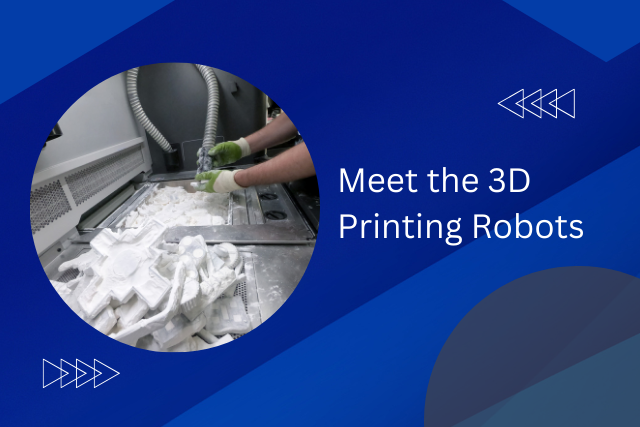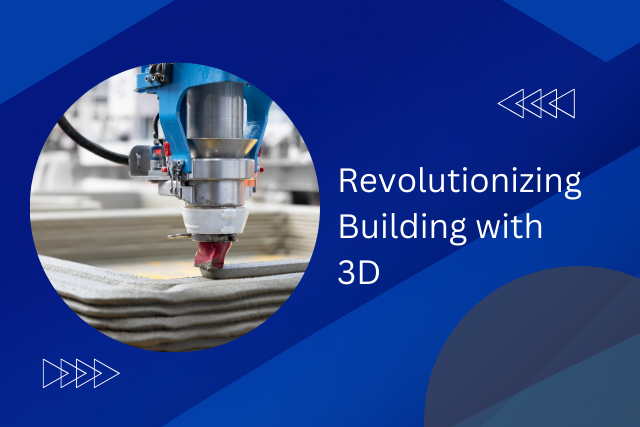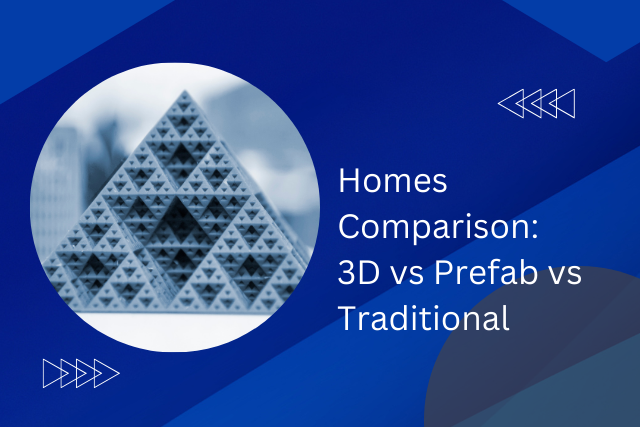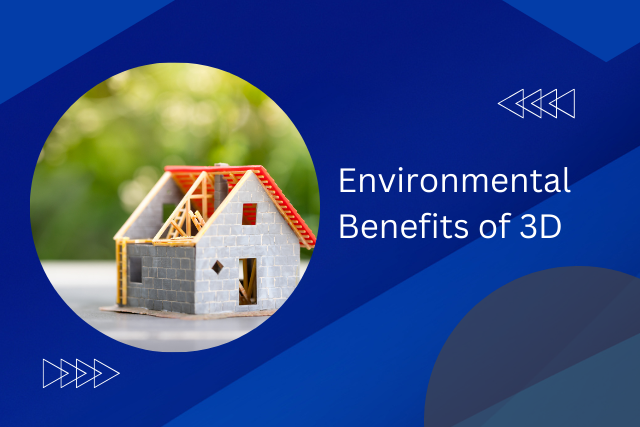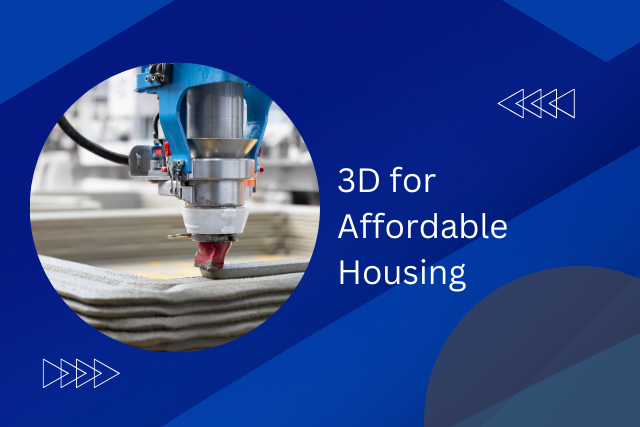In the world of 3D printed buildings, there are strong safety steps to make sure these new types of buildings are safe and lasting. These steps include careful testing of the materials used in 3D printing to check if they are strong and can last a long time. There are also detailed checks to make sure the design of the buildings can handle different kinds of stress and remain stable.
For safety from fires, there are special measures in place. The rules for building things the usual way also apply to 3D printed buildings, and there are plans to make sure these buildings can withstand earthquakes.
These safety steps are important for reducing risks and helping more people accept 3D printed buildings as a normal part of building things. As we look at all the ways safety is considered, it’s exciting to think about what new developments could come in this growing area.
Material Testing Standards
To make sure 3D printed buildings are safe and strong, it is very important to follow material testing standards closely. These standards help check if the materials used for 3D printing are good enough for building. By doing this, we make sure that these new buildings are safe and can last a long time, while also allowing people to try new ideas safely.
Testing materials involves checking how strong they are, how much weight they can handle, and if they can stand up to heat. These tests help us understand how materials will act in different situations, which is important for designing and building things. Making sure every 3D printed building can handle different conditions means they will be safe and durable.
Also, when we stick to these strict standards, everyone involved, like architects, engineers, and the people who will use the buildings, can trust that the materials are of high quality. This trust makes 3D printed buildings more accepted and opens up chances to create new and exciting designs.
Structural Integrity Assessments
To make sure 3D printed buildings are safe and last a long time, it’s important to check their strength properly. This means testing the buildings in different ways to see how they handle stress over time. Engineers use special computer programs to see how these buildings will hold up under various situations, like normal use or bad weather. This helps keep people safe and makes the buildings last longer, which is good for creating new ideas in building.
| Assessment Area | Description |
|---|---|
| Load Testing | Checks how the building deals with heavy and moving loads to make sure it can handle both normal and surprise stress. |
| Environmental Simulation | Tests how the building stands up to very hot or cold temperatures, wet conditions, and other weather to make sure it stays strong over time. |
| Seismic Analysis | Looks at how the building can stay up during earthquakes using special computer calculations, which is very important for safety in areas where earthquakes happen. |
These careful checks make sure that 3D printed buildings are not only new and efficient but also safe and trustworthy. This helps the building industry try new things while keeping everyone safe.
Fire Safety Measures
3D printed buildings are new and exciting. To keep people safe from fires in these buildings, we need to think carefully about fire safety. These buildings use new materials and ways of building, so we need new safety ideas too. We are putting special fire-resistant materials into the building parts. This means the buildings can better withstand fire right from the start. This is a smart way to make buildings safer.
Also, because 3D printing is very precise, we can design better escape routes and fire barriers. Computational modeling helps architects make buildings that are easier to get out of in a fire and better at keeping smoke away. We can also put in the latest fire detection and suppression systems more easily in 3D printed buildings. These systems act fast to stop fires. They work with smart building technologies to monitor the building all the time. This helps quickly deal with fire risks.
Compliance With Building Codes
Making sure that buildings made with 3D printing follow the rules for building can be tricky. This is because we have to change the old rules to fit new ways of making buildings. This change is important not only because it’s needed, but also because it can make building faster, greener, and more suited to what people need. Governments and groups around the world see how 3D printing could change building for the better. They are working together to fit this new technology into the rules. This work includes talking and planning with people who create new things, engineers, and those who make the rules to make sure 3D printed buildings are safe, strong, and good places to live.
An important part of making sure these buildings are okay is to test the materials and how they are made very carefully. 3D printed buildings have to be just as tough as regular buildings and be able to handle weather and other outdoor forces. They also have to follow rules about where they can be built, how big they can be, and what they can be used for. By keeping close records of how well 3D printed materials and ways of building work, everyone involved can show that these new types of buildings follow the rules. This helps make sure that buildings made with 3D printing are safe, reliable, and give people more choices for where they live.
Earthquake Resilience Strategies
As we update building rules to include new 3D printed buildings, it’s very important to make these buildings strong enough to survive earthquakes. By using special design ideas for earthquakes in 3D printed buildings, we are making a big step towards safer and more lasting homes. These designs help buildings stand up better against earthquakes. Using smart design on computers, we can make buildings look amazing and be safer from earthquakes at the same time.
The study of materials is very important here. We are creating new types of cement and materials for 3D printing that are stronger and more bendable. These qualities are very important for taking in and reducing the power of earthquakes. Also, because 3D printing is so precise, we can add special earthquake-safe features into the buildings right from the start. Features like base isolators and energy dissipators help lower the impact of earthquakes on buildings.
Conclusion
In short, making 3D printed buildings safe is a big step forward in building things. By doing tests on materials, checking buildings are strong enough, making sure they are safe from fire, following all the building rules already in place, and making them strong enough to stand up to earthquakes, this new way of building is not only fast and better for the environment but also makes sure people living or working there are safe. All these steps work together to make a safe and exciting future for 3D printed buildings in the world of architecture.

